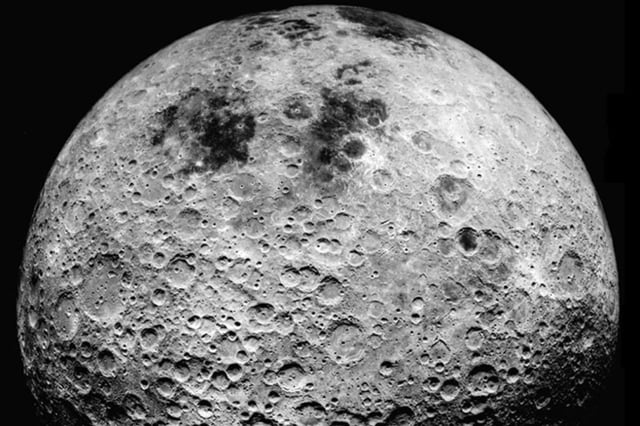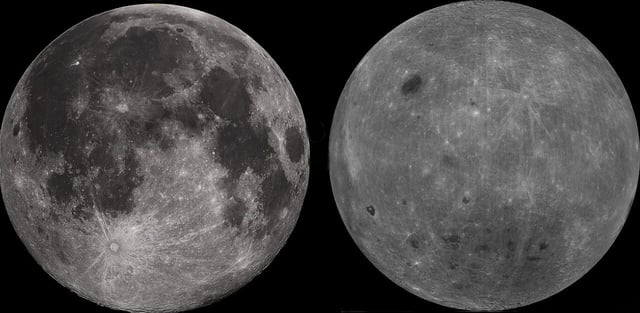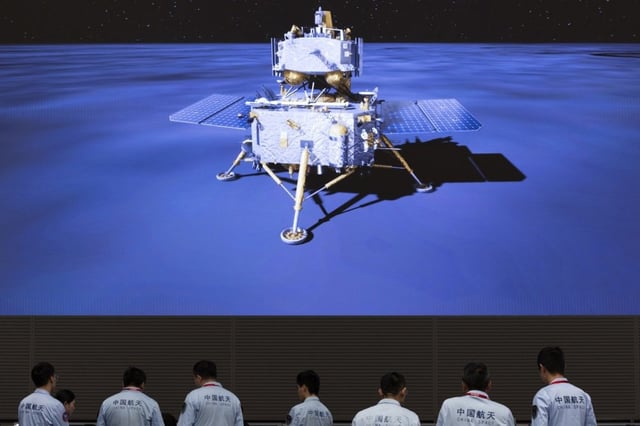Overview
- China’s Chang’e‑6 mission returned about 300 grams of the first-ever samples from the Moon’s far side, collected from a large crater in 2024.
- Laboratory dating confirms the material is roughly 2.8 billion years old, with minerals indicating crystallization at around 1,100°C.
- Three independent approaches—mineral chemistry compared with simulations, parent‑rock inference, and satellite-based comparisons—consistently found the far side to be 70–100°C cooler than near‑side analogues.
- The cooler formation temperatures support a deficit of heat‑producing elements such as uranium, thorium, and potassium on the far side, helping explain its reduced volcanic activity and thicker crust.
- Researchers note that current mantle temperatures remain uncertain, and ongoing work aims to test whether the thermal contrast persists and to evaluate origin scenarios including a giant impact, moonlet collision, or tidal heating.



